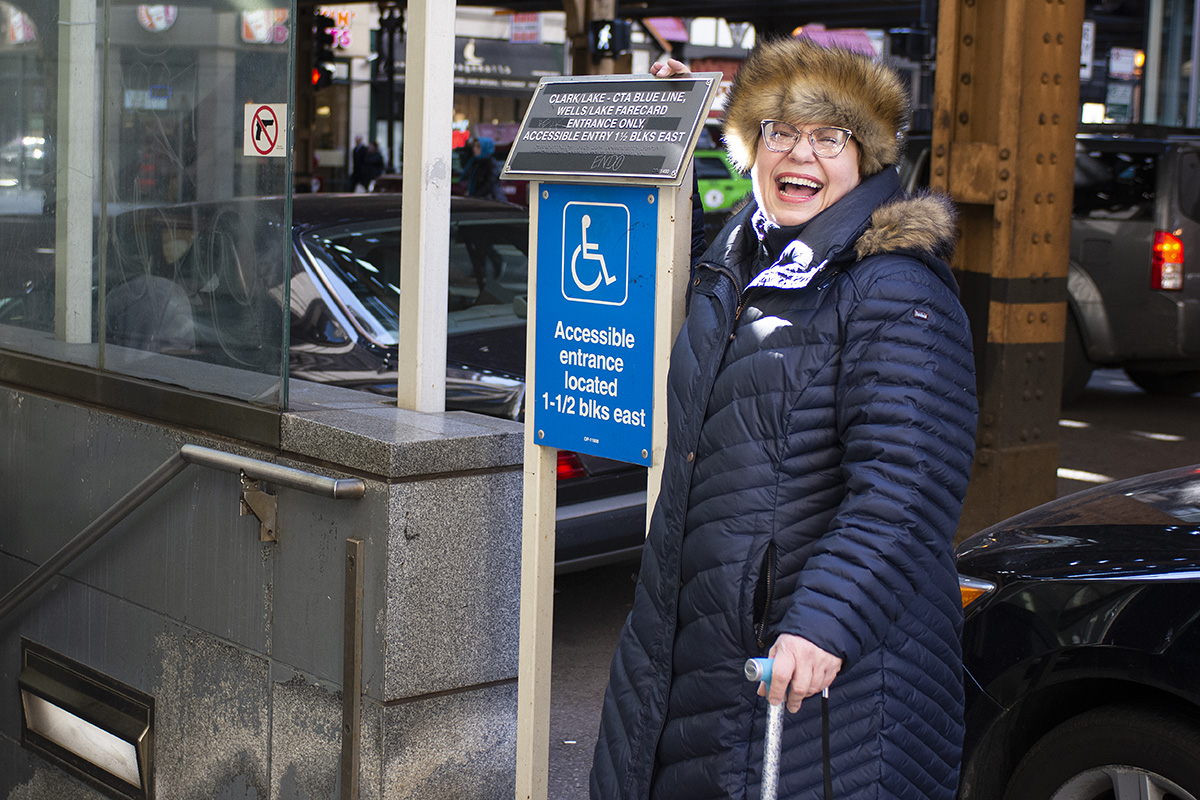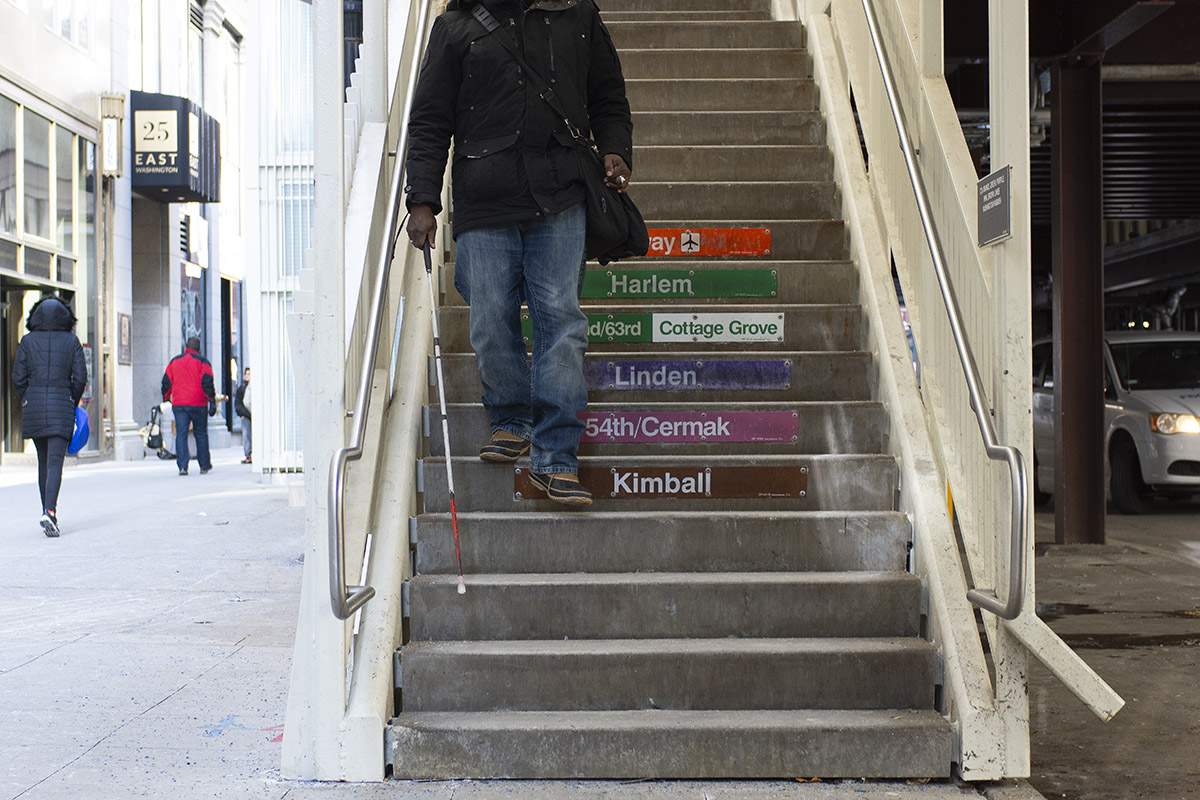
12 Dec Public Transportation For All
Public Transportation For All
On the hottest day of the year, maybe the hottest day we’d ever experienced in Chicago, I dragged my family to a friend’s BBQ in the middle of Humboldt Park. With a cooler packed with frozen bandanas, water baloons, and water guns, we were geared up for a good time. What I didn’t expect was to sit in conversation with someone I had met many times before and have her layout what sounded like a perfect project to me while we both tried not to melt in the hot sun. After hammering out the budget and getting approval there was radio silence and I thought the project was dead, my heart a bit broken. But then, months later I get an email that my contact is leaving the organization and she was passing the reigns to someone else. That someone else was leaving for a trip to China, and when I heard that I was sure this project had lost its legs.

The Metropolitan Planning Council was working on a comprehensive report on accessibility in public transportation, what’s working and what isn’t, and what needs to be done to make every part of the city accessible not just for the disabled community but for the aging community as well. Our focus was on people of various disabilities and how they use public transporation in their day to day lives. My role in this was to photograph the individuals who were sharing their stories and would be featured in the final report. I would be taking environmental portraits, my absolute favorite genre of photography, in the city and suburbs, working with people either where they grab their public transporation, or the places it allows them to access like their offices, their errands, and their favorite restaurants. The report is a first of its kind, pointing out the numerous challenges people face in their day to day commutes and what can be done to start fixing these issues.
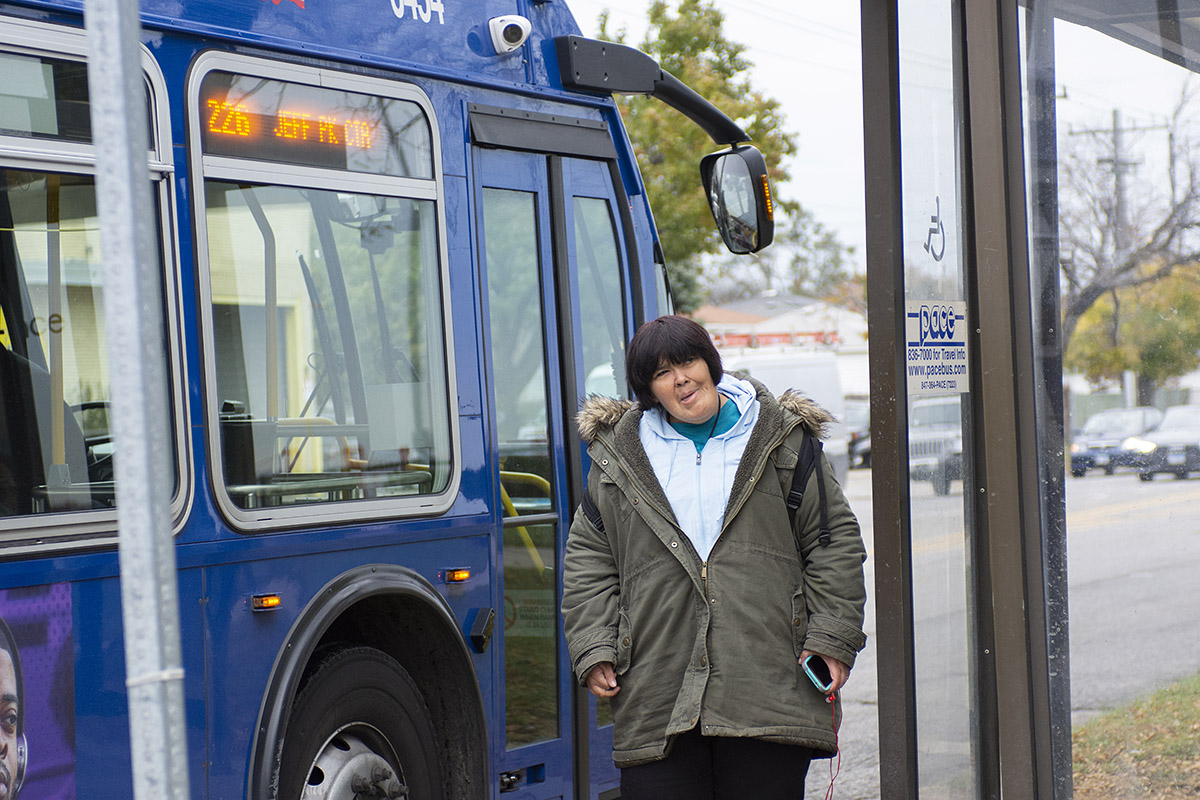
For some of the subjects our schedule allowed for me to capture them coming right off the Pace Bus system as they started their day. We arrived early to the locations, scouted the various nearby stops, and in some cases were able to instruct the person which stop to use so we could be in position. My directive was to showcase warm and bright photographs as much as possible. These profile photos weren’t about zooming in on the broken sidewalks or construction making using a power chair almost impossible at times. They would be accompanying profile pieces included in the report to humanize the transportation system and the wide variety of problems it causes for these riders. When I saw the Tribune photos the journalist in me was a bit jealous with their gritty coverage, but I was still proud of the work.
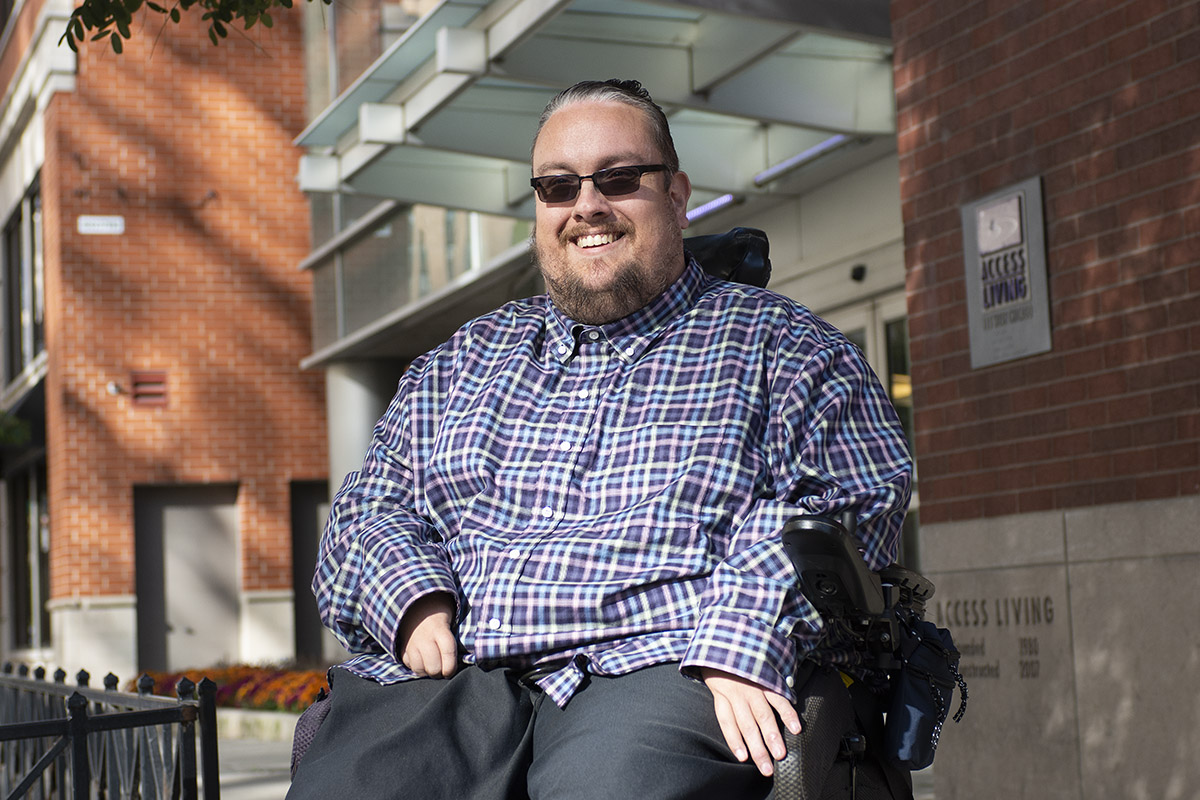
During each shoot my client and I tag teamed making conversation with the subjects while my camera kept clicking. I love the challenge of photographing real people, people who don’t love to be photographed, and making them feel comfortable and taken care of, as if they are talking with good friends. As much as I can make them forget that the camera is there the better the images. Since positioning people in chairs and people who are blind can be quite challenging, I used my client to pinpoint our exact angles before dropping in the person. Liz, my client, had such a warm energy about her that she even served as an arm for our sight-impaired profiles, as we navigated our way from one place to another. We had a blast together and I’d welcome her on any session anytime.
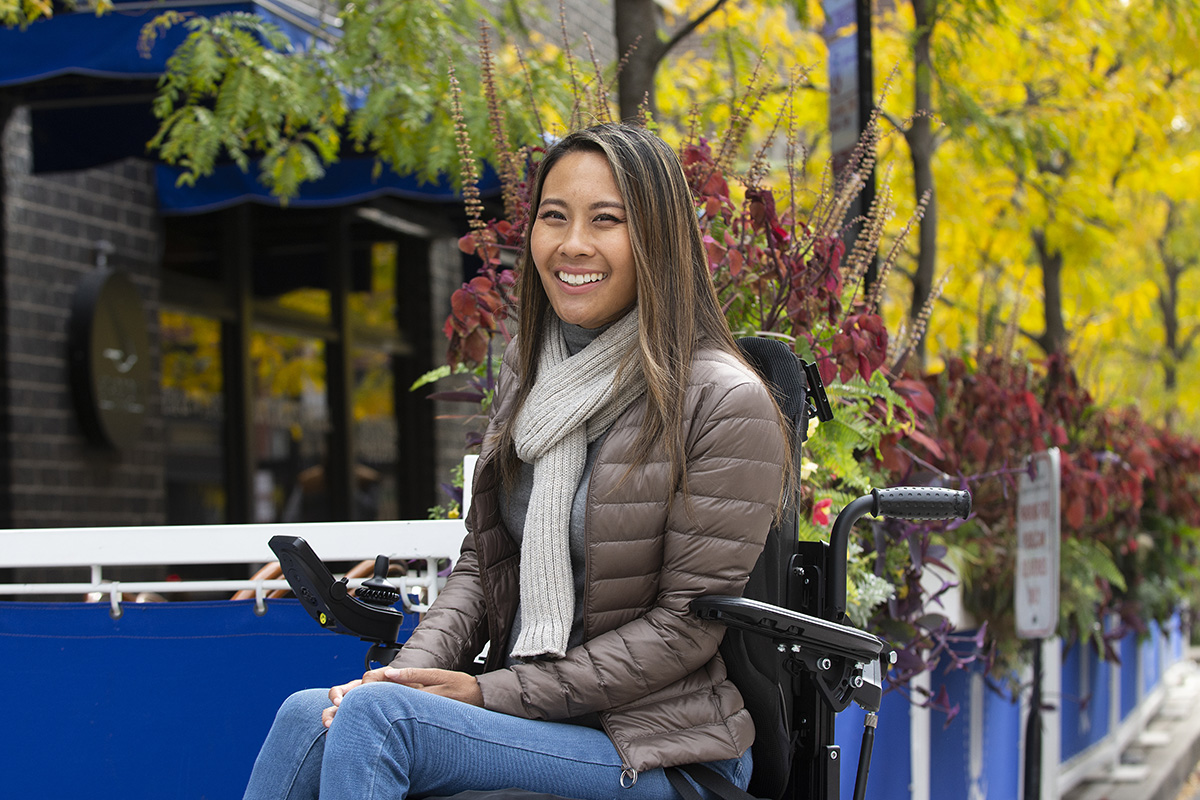
From the hottest day of July to the coldest day of November, we began our last day of photography with a portrait at start-up incubator 1871. Then headed for a run around the loop photographing signage and broken escalators. The design of the final report had made its way through many channels and they now had a clear vision of the imagery they needed for completion. Sitting in the warmth of my car, Liz ran me through the mock-up report with the stock imagery they had chosen to fill in the gaps. With snow pants on I headed into the streets to see if I could fill in some of those stock images with real imagery, and as I was positioned on Wabash I happened to see a man with a sight-impaired cane walking down the steps of the loop. Since I had no relationship with him I photographed him without his face so that my clients could use the photo in their report without needing to chase him down for a model release. And with great delight, that image made the final report along with other details I had found while braving the chilly conditions. Putting in that extra effort and watching the excitement on Liz’s face when I showed her the photos, was the best feeling, even if I couldn’t feel my fingers.

Running around the city and suburbs with people who are disabled makes you suddenly see things that you’ve never seen before, you definitely look at everything differently. It’s like how I always have to remind myself that the Lawrence Red Line stop is not accessible and I’ve found myself relying on the kindness of a CTA worker to help me get my son and his wheelchair up two flights of stairs. As typical people running around there’s so much we take for granted and so much we don’t notice racing down escalators to catch our trains. And even though I have a little disabled boy of my own at home, I can be as ignorant and clueless as the next person when I’m trying to reach my destitation. This project was such a great reminder that everyone benefits from greater accessibility in our transportation, whether they were born that way or found themselves in a life changing situation. As the baby boomers age this is going to keep becoming an important topic and I hope the MPC’s recommendations will be put into affect before my AARP card arrives in the mail.
